Yijin Wang

This project aims to enhance the performance of Physics-Informed Neural Networks (PINNs) in simulating fluid dynamics, specifically addressing the challenge of spectral bias which can skew simulation accuracy. Our approach involves developing adaptive training strategies that empower PINNs to more precisely model a diverse range of fluid behaviors, from steady, predictable patterns to dynamic, turbulent flows. By integrating principles from the neural tangent kernel theory, we are meticulously fine-tuning the training processes of these networks. This involves recalibrating how PINNs learn from data, focusing on a balanced assimilation of both […]
Roger Yu
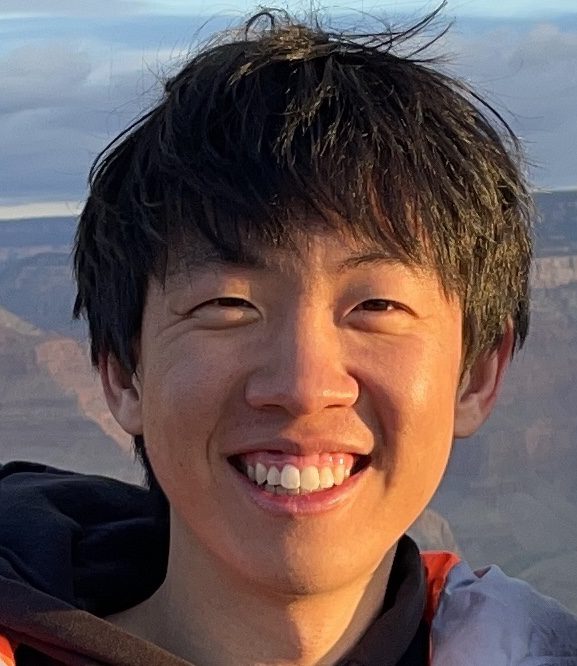
Secular chaos has been identified as a factor destabilizing celestial bodies such as Mercury, and the creation of hot Jupiters in extrasolar systems. “Secular” refers to the orbit-averaged motion of a planet – we study the motions of bodies not as point masses, but as interactions between massive elliptical wires. Secular theory dates back to the 18th century, but only in the modern era has it been realized that it can lead to chaos. This project aims to investigate secular chaos within an N-body planetary system. While 2-planet systems have […]
Reyansh Sathishkumar
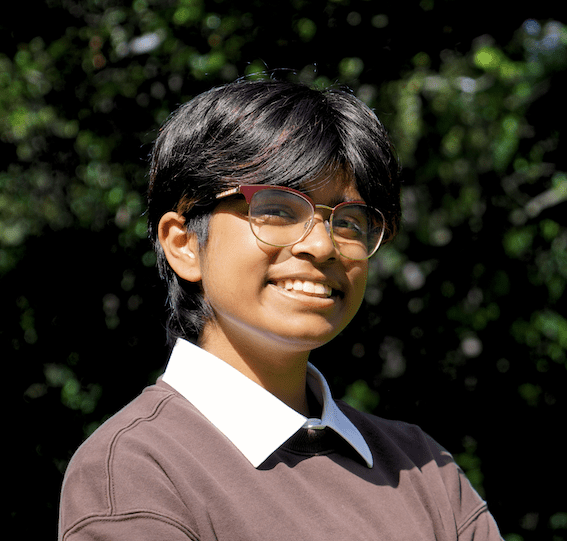
A major goal of neuroscience is understanding how the anatomical structures of the brain support and affect function, and how these structures have evolved over time and influence cognition. The cerebral cortex is organized into complex folding patterns of sulci (grooves) and gyri (ridges), which can pinpoint functional areas. For many years, researchers have been manually labelling sulci and gyri. However, as more evolutionarily new and variable sulci are defined, there are higher chances of inconsistencies in labelling criteria and labels between labs. Manual labelling of sulci is also tedious […]
Xiaomei Song
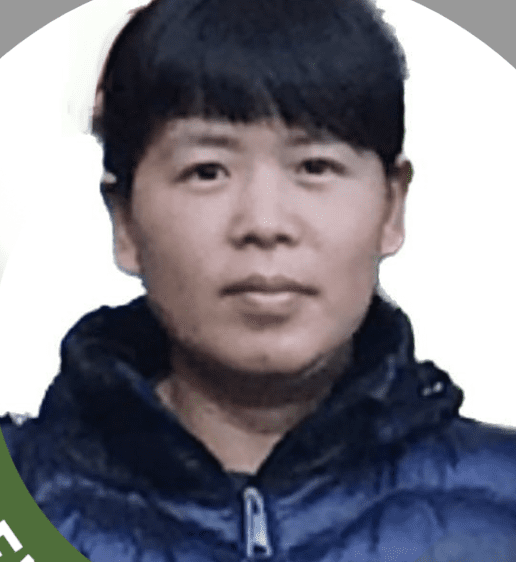
Exploring Diabetes’ Impact: Social Media Analysis with NLP This SURF project investigates the emotional and socioeconomic burdens of diabetes by analyzing social media discourse. We leverage advanced NLP techniques to categorize sentiments and topics shared by individuals. By delving into positive, negative, and neutral expressions across platforms, we aim to illuminate the complex challenges of managing diabetes beyond clinical settings. This research will provide valuable insights for patient care, and public health policies, and bridge the gap between traditional research and real-life experiences.
Luc Nguyen

Transistors are the building blocks of modern technology. Layering additional materials on top can greatly change the characteristics of these devices, but it can be a difficult process. What if, instead, a molecule layer could be deposited instead, and manipulated into a desired state? This is possible by placing molecules on top of graphene and applying voltages to control them. However, this process is time consuming, and simulations are a necessary preliminary step in order to gain insight into the behavior of molecules. Previous simulations have shown promising results, but […]
Pouya Sadeghpour

Modulation transfer spectroscopy on ablated Titanium gas in order to obtain a low noise hyperfine structure spectrum. From there, calculate hyperfine A and B coefficients for two atomic transitions (cooling and pump) and compare to theoretically predicted values.
Matthew Liu

Understanding how and why proteins evolve is vital to grasping the fundamental biological processes governing everything from disease treatment to evolutionary biology. Classical sequence-based models of protein evolution make unrealistic assumptions ignoring behavior like coevolution of amino acids, which limits their explanatory power. Capturing such complex interactions requires a deep understanding of protein structure and how sites interact. To do this, my project introduces the first structure-based model of its kind for protein evolution, adapting models from protein design to contribute to a novel literature on deep models of protein […]
Ayesha Mahfuz

My research project as a SURF fellow focuses on developing innovative DNA probes to enhance the capture of targeted genomic sequences. Utilizing our lab’s open-source tool, AncestralClust, I aim to refine and expand the design of probes that can accurately and efficiently target specific regions within genomes such as ITS2 and C01. The latter comprises over 2 million sequences, presenting a complex challenge in bioinformatics. By adjusting various parameters within AncestralClust, such as the number of sequence clusters and the minimum descendants per branch, I strive to optimize probe design […]
Aren Martinian
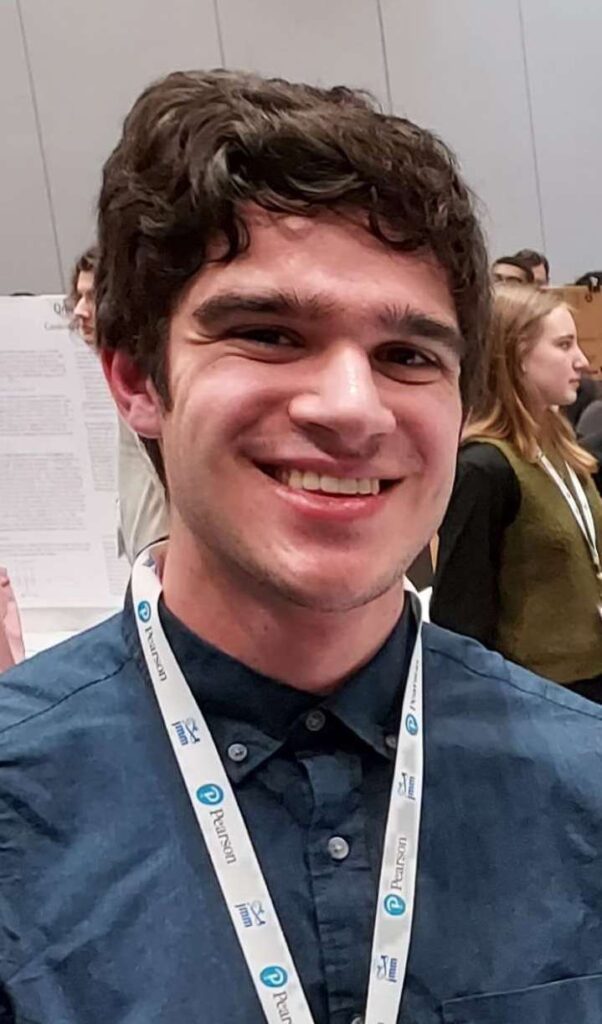
In the past few years, neural networks have gone from obscure to ubiquitous. This technology is shockingly versatile, but conceptually ill-understood: there is a large gap between practice and theory, and much has yet to even be conjectured. For example, scientists are baffled by the overfitting paradox. Overfitting is usually a problem when programmers model a complex system such as the brain. Programmers must base their model on finitely many examples of that system’s behavior. Traditionally, programs that perfectly replicate these examples forget the underlying system. Surprisingly, large neural networks […]
Daven Lim
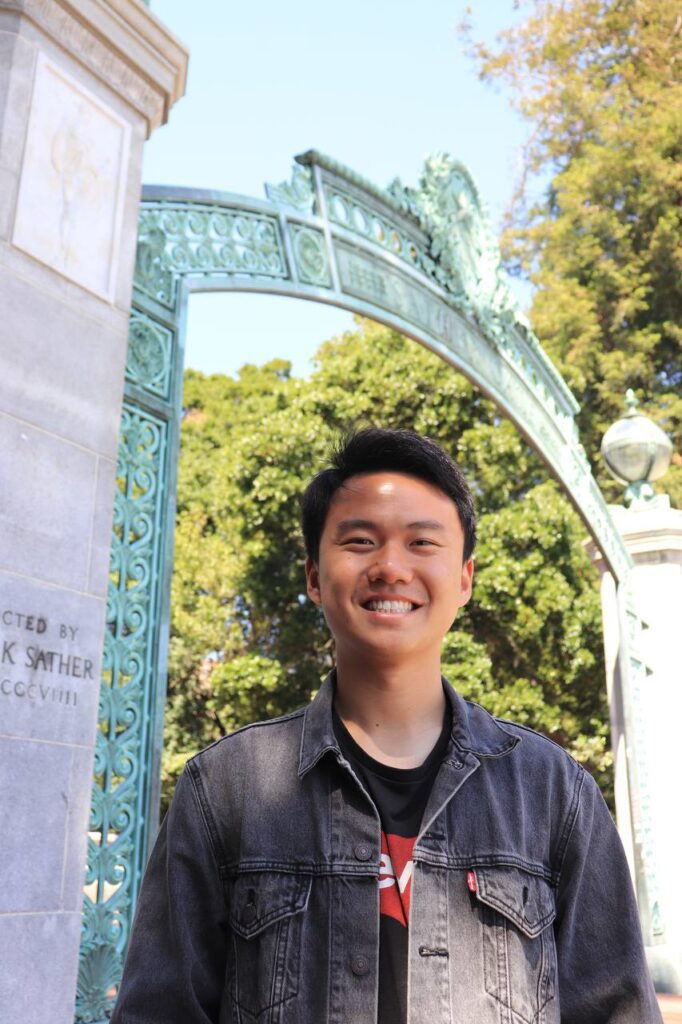
Genetic diversity has been widely associated with the adaptability and survival of populations, and extensive research has focused on single nucleotide polymorphisms (SNPs). Despite also contributing substantially to genetic diversity, structural variation (SV) has been comparatively less studied. In particular, there has been little research that broadly surveys SV diversity and explores its relevance to conservation across the tree of life. This research aims to a) identify SVs that segregate within a single individual across diverse taxonomic groups, b) characterize the diversity, origin, and potential functional impact of SVs in […]